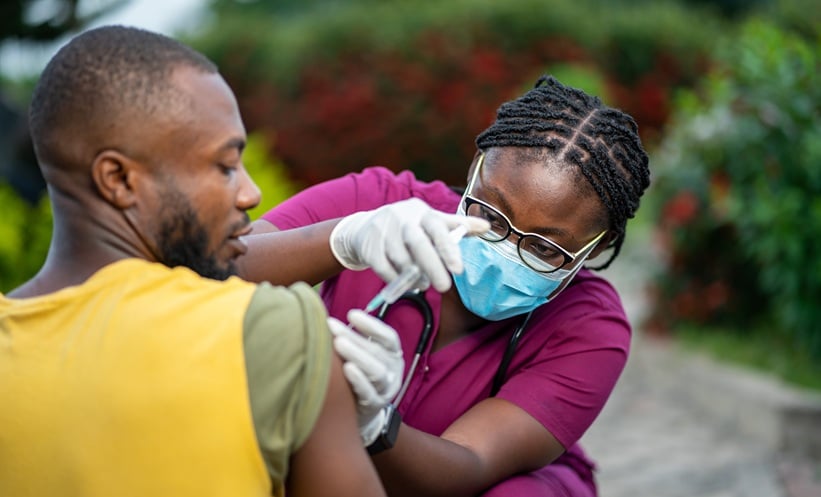A COMPOSITE sampling method targeting the anterior nares and hands detects Candida auris colonization with greater accuracy and consistency than traditional screening sites, according to a prospective cohort study.
Candida auris, an emerging multidrug-resistant fungal pathogen, poses significant infection control challenges due to its persistence on surfaces and skin. Routine screening often relies on bilateral axilla and groin swabs, but repeat tests can yield variable results that hinder clinical decision-making. To address this, researchers compared the standard axilla-groin method to a novel approach combining anterior nares and hand swabs.
The study involved 19 colonized patients housed on a dedicated 30-bed unit. At six time points, investigators simultaneously collected both types of composite swabs and tested them using PCR and culture techniques. Of the 102 total samples, 45 of 51 anterior nares and hands swabs tested positive by culture, compared to 35 of 51 axilla and groin samples. PCR results further reinforced the superiority of the new method, with 98% positivity for anterior nares and hands versus 80% for axilla and groin.
Importantly, the anterior nares and hands swabs also reduced inconsistencies over time. Only one culture-based and two PCR-based inconsistencies were recorded with the new method, compared to 15 and 12, respectively, using the traditional sites. These discrepancies suggest that anterior nares and hands may be more stable reservoirs for colonization or less susceptible to sampling variability.
The findings underscore the potential of anterior nares and hands swabs to enhance screening reliability for C. auris, particularly in outbreak-prone or high-acuity settings where timely and accurate detection is crucial for infection control and patient safety.
Reference:
López LF et al. Improved consistency of Candida auris colonization screening with an anterior nares and hands composite sample. Clin Infect Dis. 2025:ciaf365. doi: 10.1093/cid/ciaf365. [Online ahead of print]








